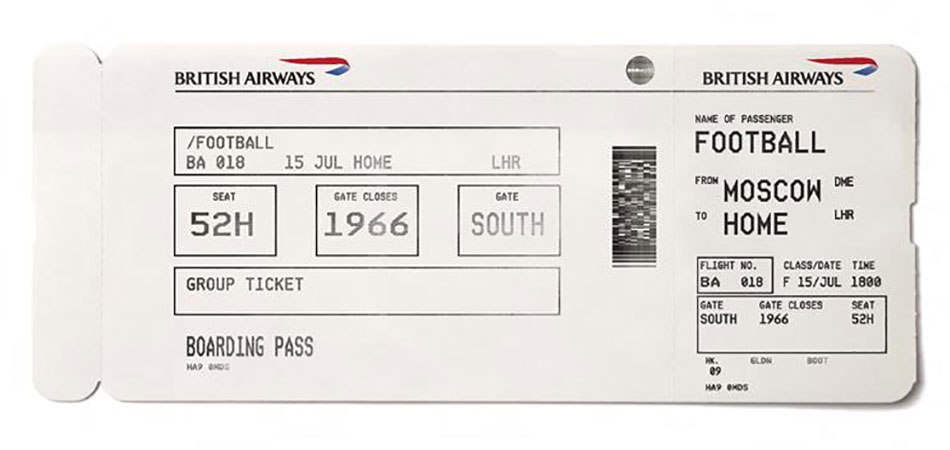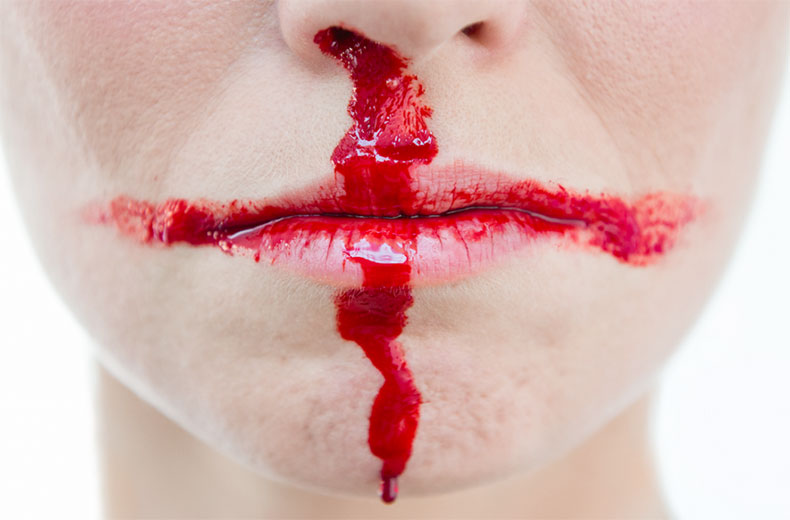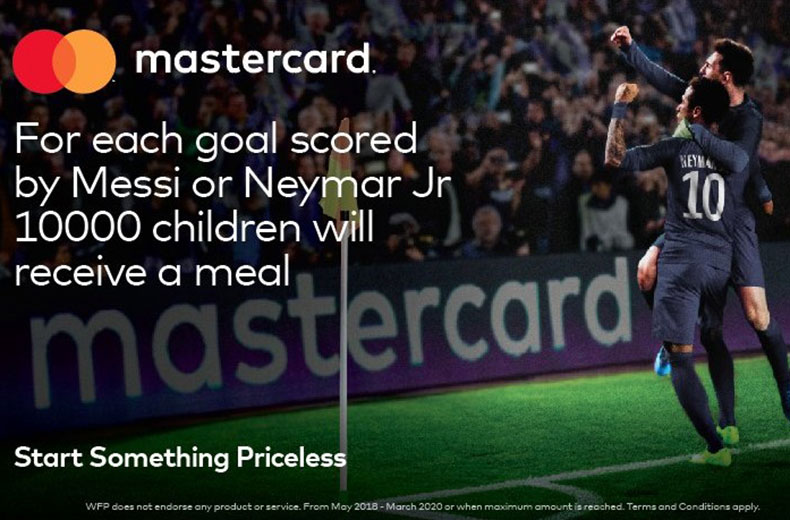
Supporting women through the messy middle of their careers
International Women’s Day may well be over, but progressive agency leaders remain focused on supporting women at every stage of their careers.
We’ve taken a look at the best, and worst, brand campaigns from the tournament, including traditional ad campaigns, social media and even a seven-metre long tapestry.


“It’s coming home, it’s coming. Football’s coming home.” Everyone knows the words and this year, we’ve heard them chanted from every rooftop, pub and living room across the UK. Sadly it's not this year, but the England team will arrive home to a country full of pride for what they achieved.
The reality is that the England football team and their M&S waistcoat-wearing manager have made people feel patriotic for a country which has distinctly lacked in that department for many years. Indeed ITV, who has split the coverage of the tournament with the BBC, received their largest UK TV audience since the London 2012 Olympics during England’s penalty shootout win over Colombia. For one minute as Eric Dier scored the winning goal, the audience peaked at 24.4 million and this was expected to rise to 25 million for England’s semi-final game.
So, with a captive audience of this size, what are brands doing to be part of it? The World Cup is predicted to boost global advertising spend by $2.4 billion, while research from Zenith suggests that the tournament will add an extra £40 million to ad expenditure in the UK for 2018.
But after the allegations of corruption that have plagued FIFA over the last few years, and the host nation’s questionable politics and attitude to human rights, brands have seemingly been reluctant to put their name against this year’s World Cup in an official capacity.
Because of the time difference, many of the projected global audience are asleep when games are played. This has meant that brands have had to look to alternate ways to catch their audience, from social takeovers to unique product launches and competitions. Before the devastating outcome of the semi-final match, Aldi said that it was going to close its stores in the UK early on Sunday to allow staff to get home to watch the match. British Airways, working with Ogilvy UK, even created football's very own bespoke boarding pass, allowing it to fly home from Moscow.
FIFA estimates that the World Cup will reach 3.2 billion people across 200 countries, almost half of the world’s population. The reality is that nothing quite captures the hearts of a nation like a united belief in eleven football players wearing their country’s flag with pride.
We’ve taken a look at the brands who have managed to harness that captive audience across traditional ad campaigns, social media and even in a seven-metre long tapestry.
The beauty of being a World Cup fan is that age need not apply. Whether you’re 11 and learning your first taste of patriotism or you’re three and just realising the satisfaction that comes with kicking a ball into the goal. Indeed, the vast majority of our country’s squad for this World Cup weren’t even born the last time we got to a semi-final in 1990.
To celebrate Lidl’s three year partnership with the England team, they teamed up with TBWA\London to create Dream Big. The ad sees kids aged 11 and younger imparting their wisdom to several England players. The campaign is also designed to promote Lidl’s FA Lidl Skills initiative, which operates at grassroots level and has, over the last three years, created over 3 million opportunities for children aged between five and 11 to play football.
Unlike the announcements of previous years, for this World Cup The FA worked with Wieden+Kennedy on an England World Cup squad announcement that recruited young fans from across the country to reveal England’s 23-man-strong squad. The ad was filmed in Wembley as well as in towns around the country and also included grassroots teams paying homage to their favourite local players.
While many of us have been glued to our TVs and Twitter feeds during this World Cup, that live connection is still as important as ever. For the first time in history Iceland, which has a population of 300,000, qualified to compete in the World Cup. The smallest country to ever do so. So, to promote the team’s brilliance, Icelandair worked with The Brooklyn Brothers to design Icelandair Team Iceland stopovers, available to all passengers in May and June of this year. The airline hosted 90-minute football experiences with national players. From training sessions to match tickets, a trip to the geothermal baths or a round on one of the player’s favourite golf courses.
Adidas delivered the adidas Creator Base, a UK live experience in Shoreditch, London for the city’s football-obsessed youth. Working with the Marketing Store and the Midnight Club alongside adidas’ existing roster of agencies, the pop-up comes as part of their overarching campaign Creativity is the Answer. The space had a full football pitch, live music space, live radio broadcast space hosted by REPREZENT, a World Cup screening room as well as a EA Sports FIFA lounge. Adidas also hosted city challenges which in London included a celebration of This Fan Girl, a community which works to bring female football fans together.

This World Cup in Russia has become an opportunity for brands to voice their beliefs. This has been not necessarily about the football, but about other headline grabbing issues from Russia’s questionable politics to their anti-LGBT stance or even critiquing other brands involvement in the tournament. As Paddy Power’s former top marketer Ken Robertson has said about this year’s competition, “You can't operate detached from the political, the lines are blurry at the moment. The narrative around political stability, homophobia and more. It cannot just be football. No way."
This year Paddy Power, arguably one of the most well-known brands for their ambush and disruptive marketing, decided to throw their support behind the Russian team, but not because they liked their players. Produced with Synergy, the campaign From Russia With Equal Love in conjunction with attitude magazine, pledged that every time Russia scored, Paddy Power would donate £10,000 to LGBT+ charities. They even enlisted the support of several high profile backers from Caitlin Jenner to Christopher Biggins and Nigel Owens.
JWT London created the reactive campaign The Not-So-Beautiful Game for the National Centre for Domestic Violence. Powerful posters focus on the shocking statistical links between football matches and domestic abuse which reveal that domestic abuse goes up by 26% if England win and by 38% if they lose. The images show teams’ national flags from England to Japan and Switzerland painted onto women’s faces in blood under the tagline “If England get beaten, so will she”. They remind the public that behind the festivity of the tournament for some there is a terrifying reality.
While fans from countries across the world have been sleeping, working or simply unable to watch, the football matches have continued to be played. This has meant that many people have watched highlights and snapshots of the games through social media and on their phones. It has created a space for brands to create social and influencer-led content around the football tournament itself.
Traditionally during the World Cup, the brand war has always been about Nike versus adidas. But what do the newer, smaller players do to stand out? Using insights from their independent SELFHOOD research, ZAK worked with New Balance to cast three of football’s biggest UK influencers, Theo Baker, Charlie Morley and Jamil One Five as well as one Russian vlogger Alex Zhuravlev in the campaign Make It to Moscow. The team shot over 100 pieces of bespoke content that centred around different football games played against local teams in four cities across Russia, culminating in a football final in Moscow. The four week campaign tapped into the culture of Russian football allowing each influencer to become a distribution channel for New Balance, making the idea relevant to each of their audiences.
While influencers are an excellent way for brands to increase their reach, sometimes it can be just as powerful to use the fans themselves. Copa90 released a report on how football fans are changing football culture which found that younger fans, the 18-24 year olds, predominantly share on dark social. This age group are still having a conversation; they are just doing so more privately. This can make it difficult for brands to join that conversation unless they’re invited. So, Copa90 partnered with Snapchat to broadcast stories live from the World Cup every day for 45 days, turning boisterous fans into Snapchat correspondents.

With quick, headline seeking advertising, mistakes can happen. Arguably this year’s biggest blunder came from MasterCard with their Feed a Child pledge, under the overall strategy line, Start Something Priceless. In a social media campaign running in Latin America, the brand said they would donate meals through the World Food Programme to 10,000 children in Latin America and the Caribbean every time Lionel Messi or Neymar Jr scored a goal in the World Cup and in further competitions until March 2020. Many high profiled social media users were quick to ridicule and critique the campaign suggesting that the brand should simply donate the meals anyway, without making it part of their World Cup marketing strategy.
Another extraordinary attempt at a football-themed social media campaign was created by Burger King Russia who said they would reward women who could prove they’d been impregnated by a footballer. The fast food chain offered the women a lifetime of free Whopper burgers as well as monetary reward of 3m roubles, which is around £35,000. The campaign was said to have been created to boost the football genes of the country, although it was quickly retracted and, much like the MasterCard work, an apology was issued.
Looks like you need to create a Creativebrief account to perform this action.
Create account Sign inLooks like you need to create a Creativebrief account to perform this action.
Create account Sign in